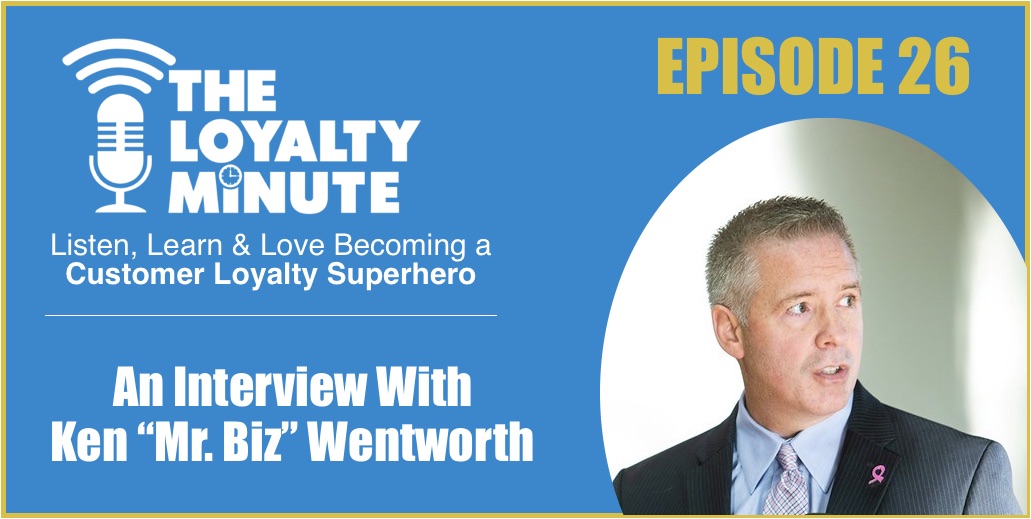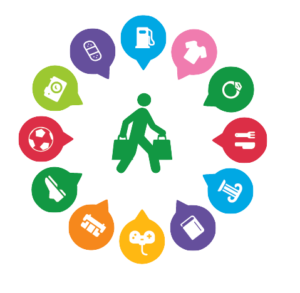7 Reasons why coalition loyalty matters for casinos
[ad_1] Casinos have perfected marketing, loyalty, and engagement tactics with their patron while they’re on property, with plenty of data to back up strategic decisions to drive more revenue year […]




